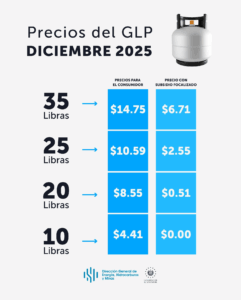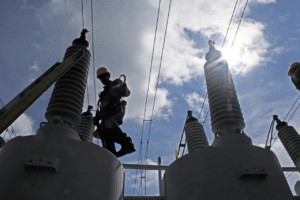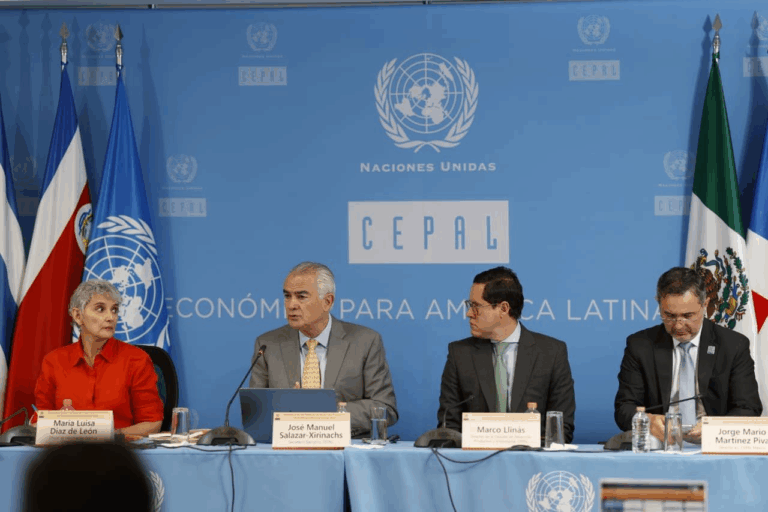
A few days before the presentation of ECLAC’s new Overview of Productive Development Policies in Latin America and the Caribbean 2025, the diagnosis is clear: El Salvador, like Central America and the Latin American region in general, faces significant challenges in advancing competitiveness, inclusion, and well-being, due to stagnant productivity and insufficient economic growth over the last decade.
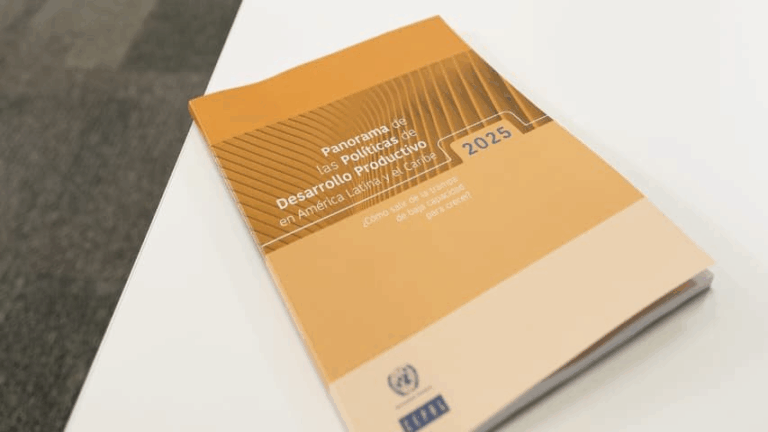
In the case of El Salvador, the data show that labor productivity remains low compared to the regional average, with the country still lagging other emerging Latin American economies in terms of value generation per worker and sectoral diversification.

Central America, marked by heterogeneity and a high proportion of employment in low-productivity sectors such as agriculture and commerce, has yet to make the qualitative leap toward knowledge-intensive activities and business services, which are showing greater dynamism in other economies in the region.
Latin America is experiencing what ECLAC calls “the low-growth trap.” After expanding between 1990 and 2013, the region is now experiencing a decline in productivity and currently has rates below the global average, with 2017 as a turning point.
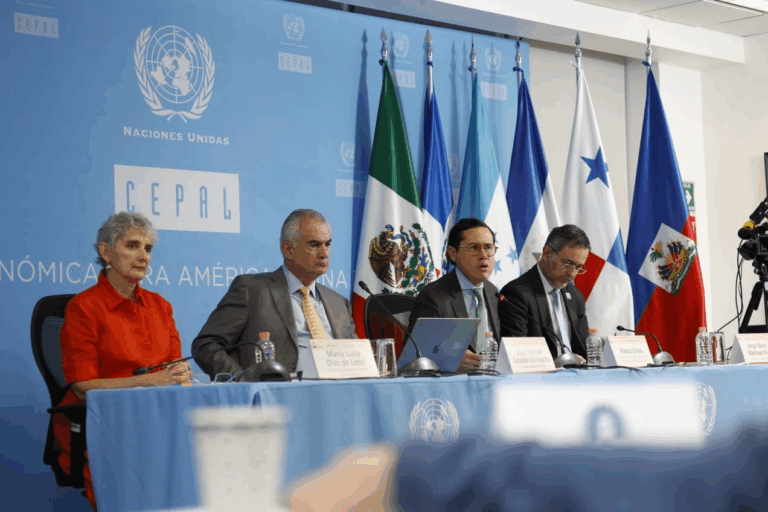
This lag, exacerbated by institutional weakness and high inequality, limits improvements in well-being and threatens a new “lost decade” if policies for productive transformation, innovation, and social inclusion are not scaled up.
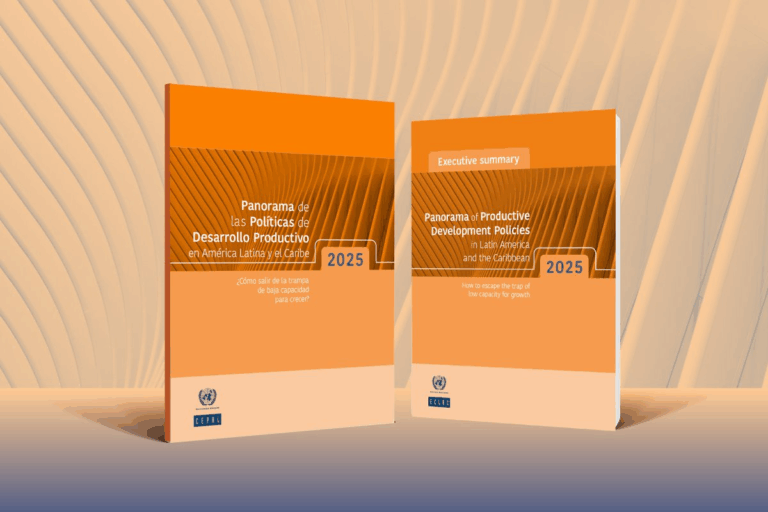
The agency warns that without deliberate medium- and long-term public policies, stagnation will persist. It proposes strengthening public-private coordination, investing in science and technology, and promoting strategic sectors (such as energy transition and the circular economy), without neglecting “green productivity” and social cohesion that guarantee sustainable and resilient development.
In short, the report calls on El Salvador and Central American countries to move away from scattered sectoral approaches and commit to comprehensive, ambitious, and collaborative strategies. Only then will the region be able to ride the wave of productive transformation and prevent structural gaps from widening in the current global and Latin American context.


